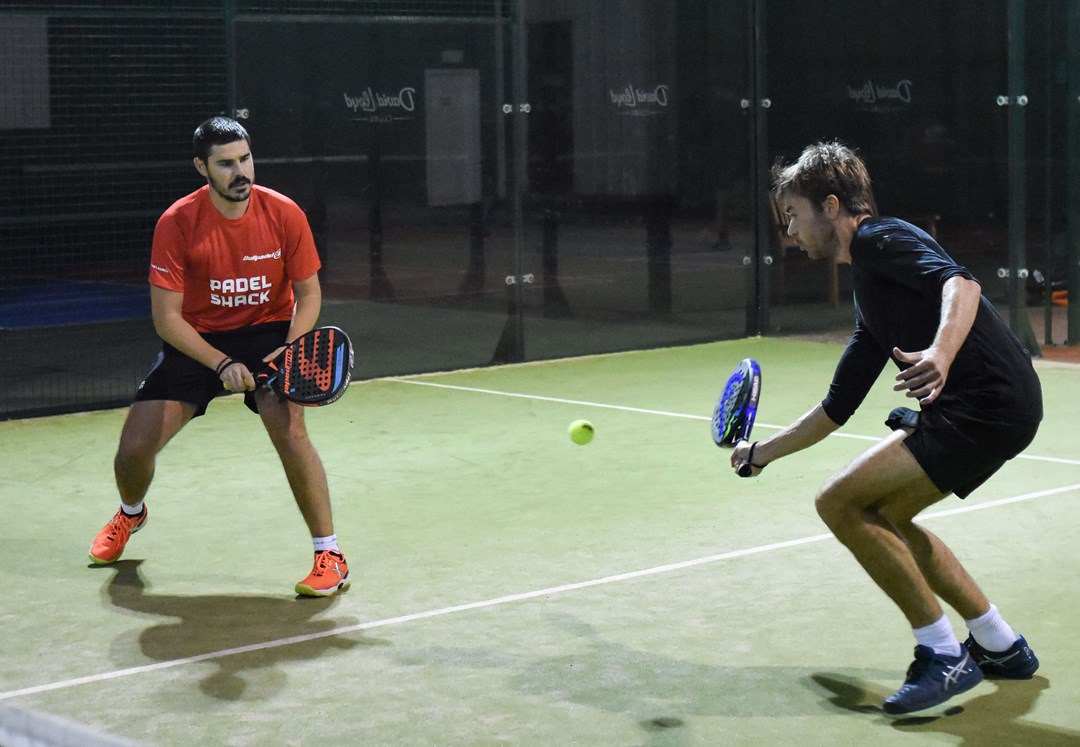

The Costs and Considerations of Padel Factories
Padel, an exciting mix of tennis and squash, has rapidly gained popularity worldwide. As more players are drawn to this engaging sport, the demand for padel equipment, particularly rackets and courts, has surged. This growth has led to the establishment of specialized padel factories to meet market needs. However, starting and operating a padel factory comes with a series of costs and considerations that potential investors must carefully evaluate.
Initial Investment Costs
The initial investment is perhaps the most significant factor for anyone looking to establish a padel factory. Setting up a manufacturing facility requires substantial capital. This includes expenses related to land acquisition or leasing, construction and renovation of the factory space, and procuring specialized machinery for racket production and court installation. Depending on the location and scale of the operation, these initial costs can quickly reach hundreds of thousands to millions of dollars.
Equipment and Technology
A crucial aspect of running a successful padel factory is investing in the right technology and equipment. Advanced machinery, such as CNC machines for precision crafting and automated assembly lines, can enhance production efficiency and product quality. However, this technology comes at a price. Manufacturers must also consider ongoing maintenance and upgrades, ensuring their equipment remains competitive in the rapidly evolving sports market.
Labor Costs

Labor constitutes a significant portion of the operational costs in any manufacturing business. Skilled workers are necessary for high-quality production, especially in crafting padel rackets and setting up courts. As such, facilities must provide competitive wages to attract and retain talented employees. Additionally, training programs may be necessary to ensure staff are well-versed in the unique aspects of padel production, further increasing costs.
Raw Material Sourcing
The choice of materials directly affects both the quality of the finished products and the overall cost of production. For padel rackets, manufacturers usually source materials like carbon fiber, fiberglass, and EVA foam. Fluctuations in the prices of these materials can have a significant impact on overall production costs. Factories must establish reliable supply chains and potentially stockpile materials to mitigate the risk of price volatility.
Marketing and Distribution
Once products are manufactured, effective marketing and distribution strategies are essential for success in the competitive padel market. This will involve additional costs related to advertising, promotions, and establishing relationships with distributors or retailers. E-commerce has become an essential channel for reaching customers, necessitating investments in website development and digital marketing.
Conclusion
Establishing and operating a padel factory involves a complex interplay of initial and ongoing costs. Anyone considering this venture should conduct thorough market research to gauge demand, evaluate competition, and understand the economic landscape of the padel industry. By carefully assessing all these factors—from initial investments and labor costs to raw material sourcing and effective marketing strategies—entrepreneurs can better navigate the challenges associated with launching a padel factory and position themselves for success in this burgeoning market. As the popularity of padel continues to grow, so too does the potential for those willing to invest in this exciting sport.
Rubber Brick Non-Slip & Eco-Friendly Flooring Solutions
Premium Rubber Floor Mats Durable & Non-Slip Protection
Durable Rubber Floor Mats Slip-Resistant & Heavy-Duty
Industrial Flooring for Racquetball & Squash Facilities Durable, Safe Solutions
Durable Rubber Floor Mats Slip-Resistant & Waterproof
Homogeneous Transparent Rubber Flooring Durable & Slip-Resistant